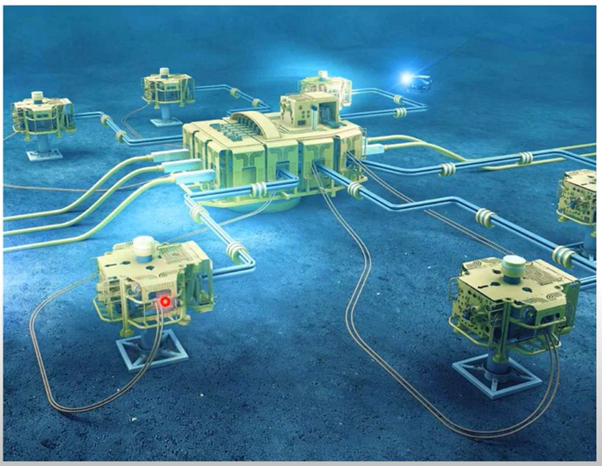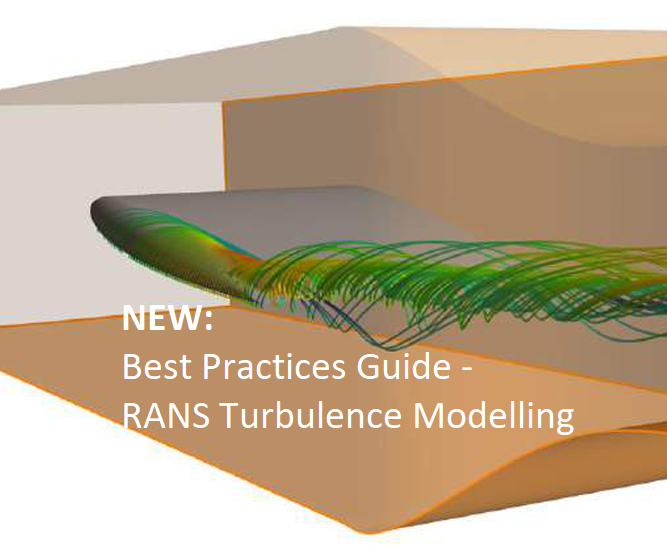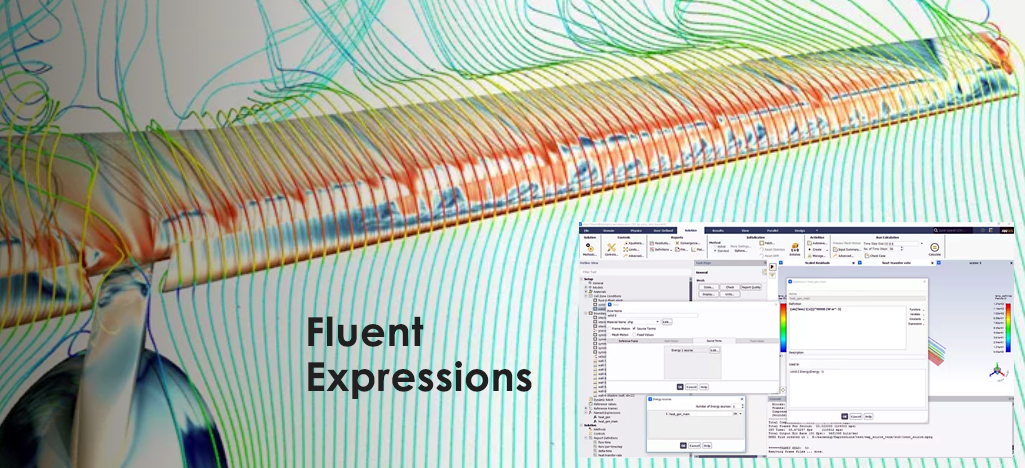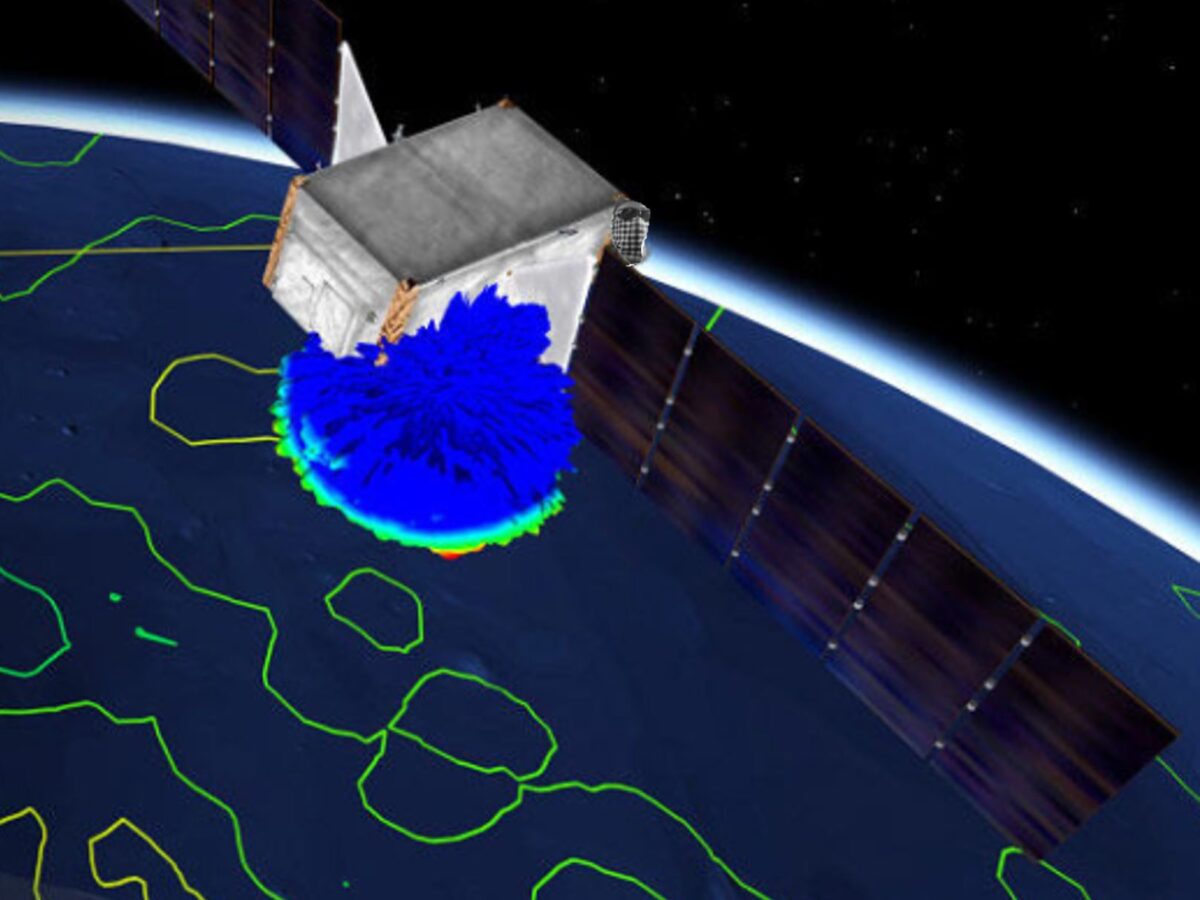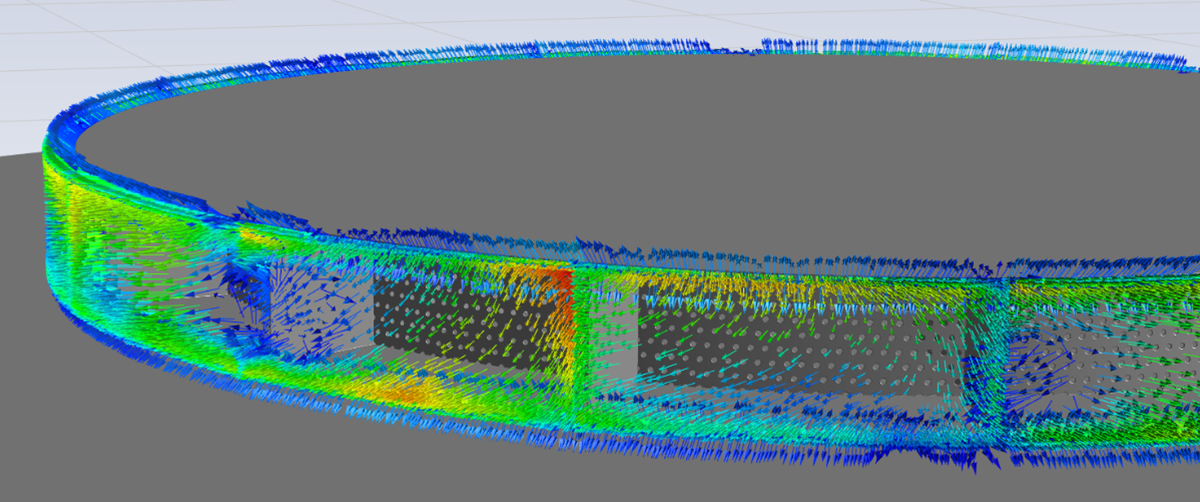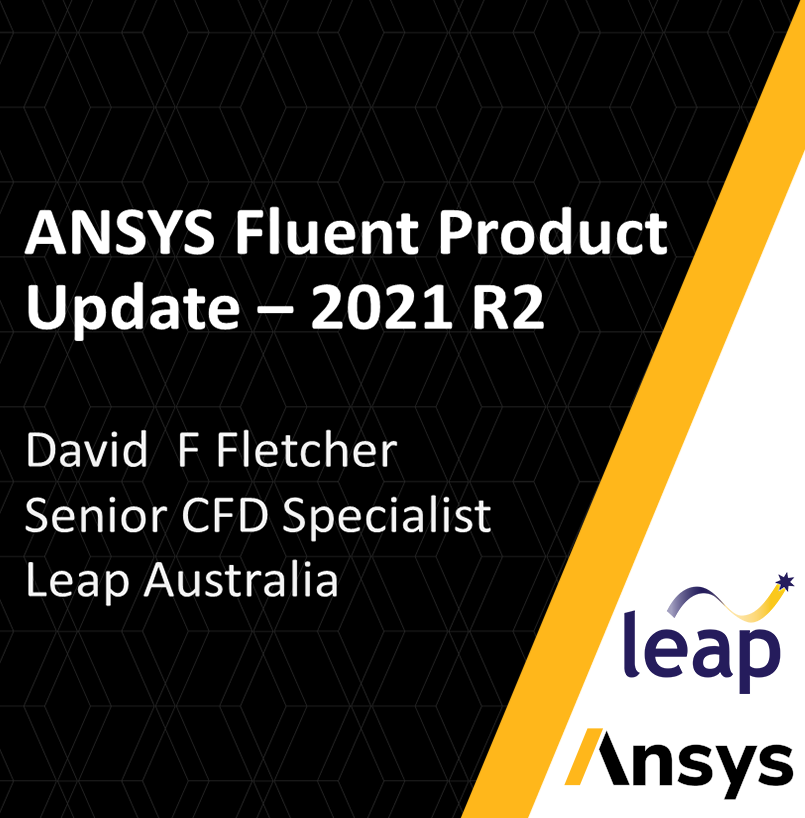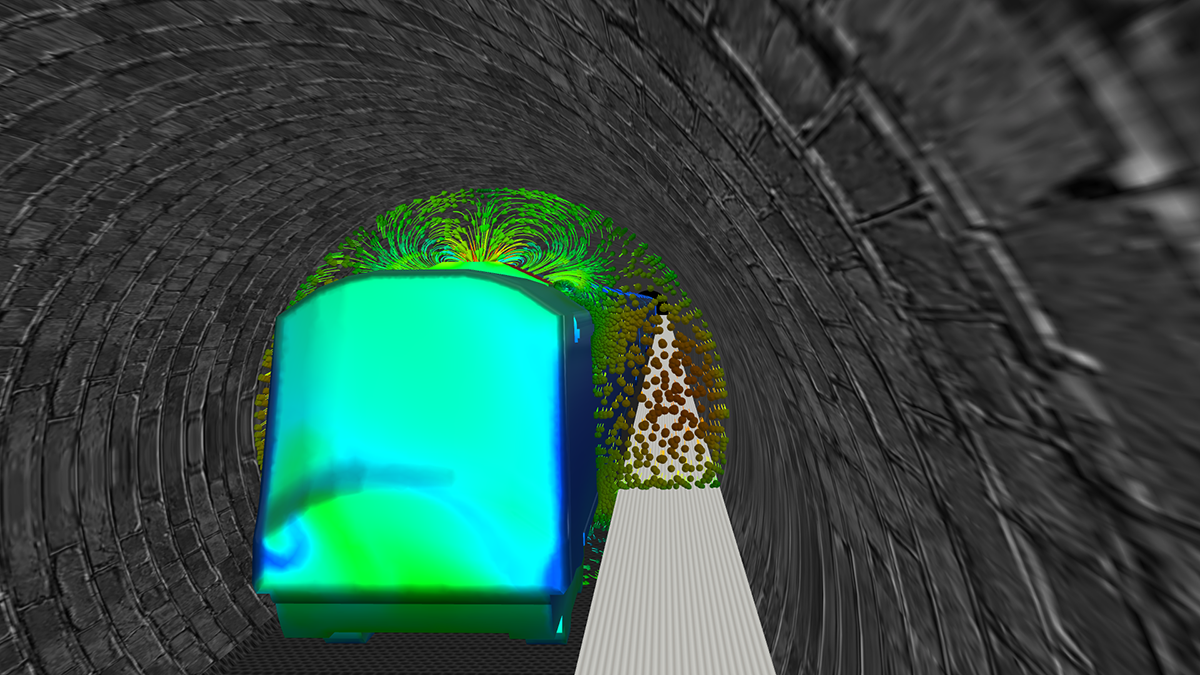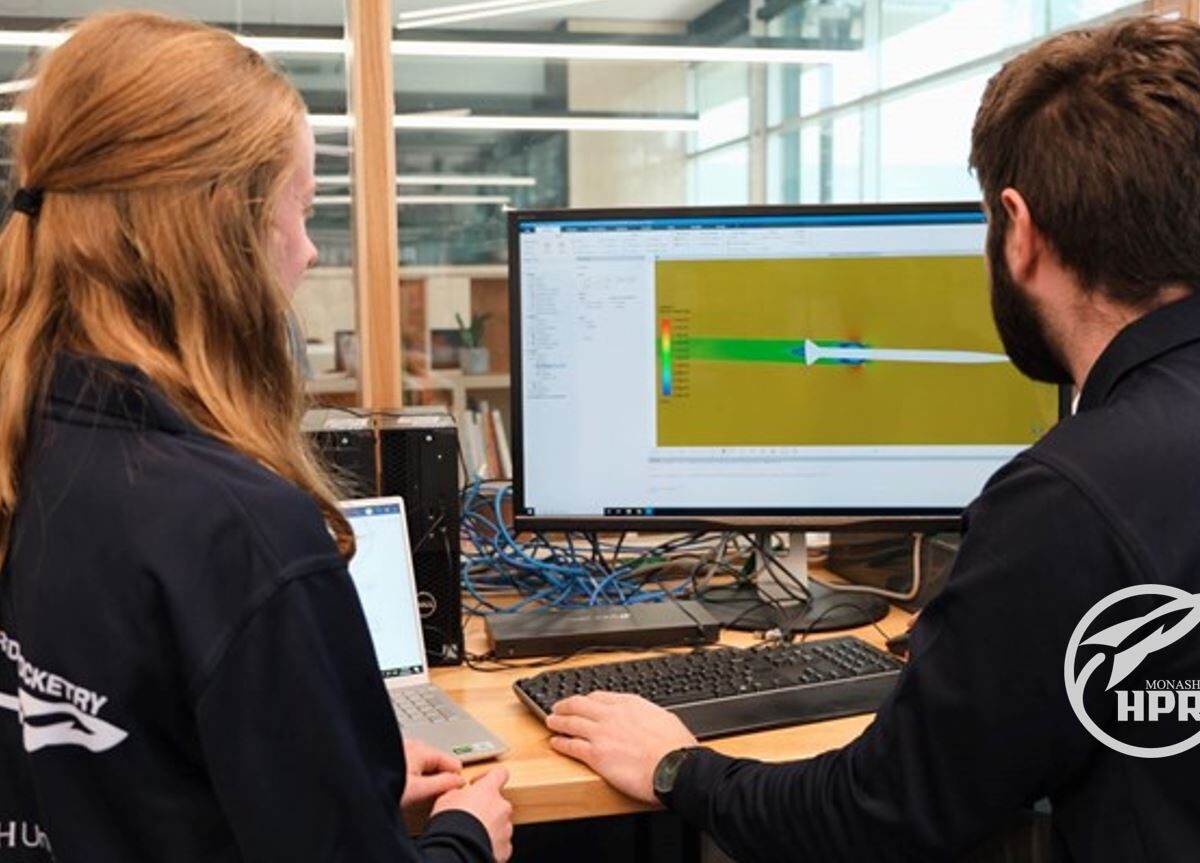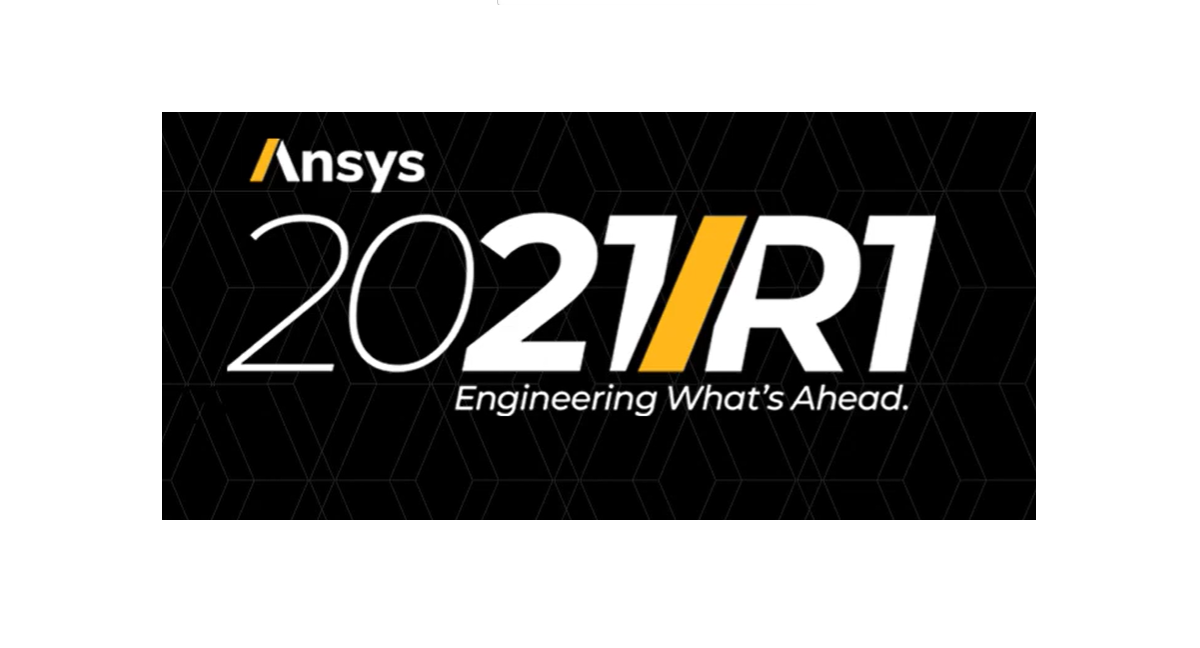Guest Blog by Wood Australia. Edward Yap, CFD Consultant and Deepak Jagannatha, Lead CFD Consultant, recently presented this in-depth look at their analysis of a Subsea Christmas Tree, commonly used in the Oil and Gas industry, as part of LEAP’s Ansys CFD Virtual User Group meeting.
Ansys 2022 R1 is now available - watch our recent update session with Prof. David Fletcher who discussed the new features of greatest interest to our customer base, including improvements in performance, usability, speed and model physics.
David Fletcher from LEAP discusses the importance of the 3rd Turbulence Best Practices guide recently released by Florian Menter and his team at Ansys.
This latest BPG documents the key best practices in RANS turbulence modelling, with comprehensive coverage of all widely-used 1-equation, 2-equation and Reynolds stress models.
Summary of a recent webinar presented by Prof. David Fletcher on how to take advantage of the powerful python-based expression language now available in Ansys Fluent. Examples shown included the use of expressions starting from scratch, plus examples showing how to convert your existing CFX CEL into Fluent expressions.
Learn how recent developments in Ansys provide a new “optical CFD” workflow to help more accurately simulate the complex interactions between the flowfield and electromagnetic fields in the Electro-Optics / Infra-Red (EO/IR) range. This helps engineers to improve their simulations of flow field phenomena around fast-moving vehicles and improve the performance of EOIR sensor signals for tracking hypersonic vehicles.
RayGen explains their vision to accelerate the global transition to renewable energy and how they are using CFD simulation to deliver innovative solar infrastructure projects such as their unique ‘PV Ultra’ concentrated PV technology that provides dispatchable electricity, heat, cooling and desalinated water, all day and night.
Prof. David Fletcher guides us through the key new features of interest in Ansys 2021 R2 for CFD, including some important new usability enhancements. This blog contains a series of short summaries with content tailored to particular physics / applications / topics of interest.
Learn how simulation plays a vital role in the design phase for many infrastructure projects such as tunnels, with the ability to test various design configurations and verify performance virtually, without build-and-test methodology, providing cost savings and faster project delivery.
Read about Monash High-Powered Rocketry's amazing achievement to win second place in its category at the 2021 Virtual Spaceport America Cup - including an acknowledgement of their quality simulation work, with first place in the Charles Hoult Award for Modelling and Simulation.
Ansys 2021 R1 brings a multitude of new advances and usability enhancements. - here we provide a series of short highlight summaries with content tailored to particular physics / applications / topics of interest.
